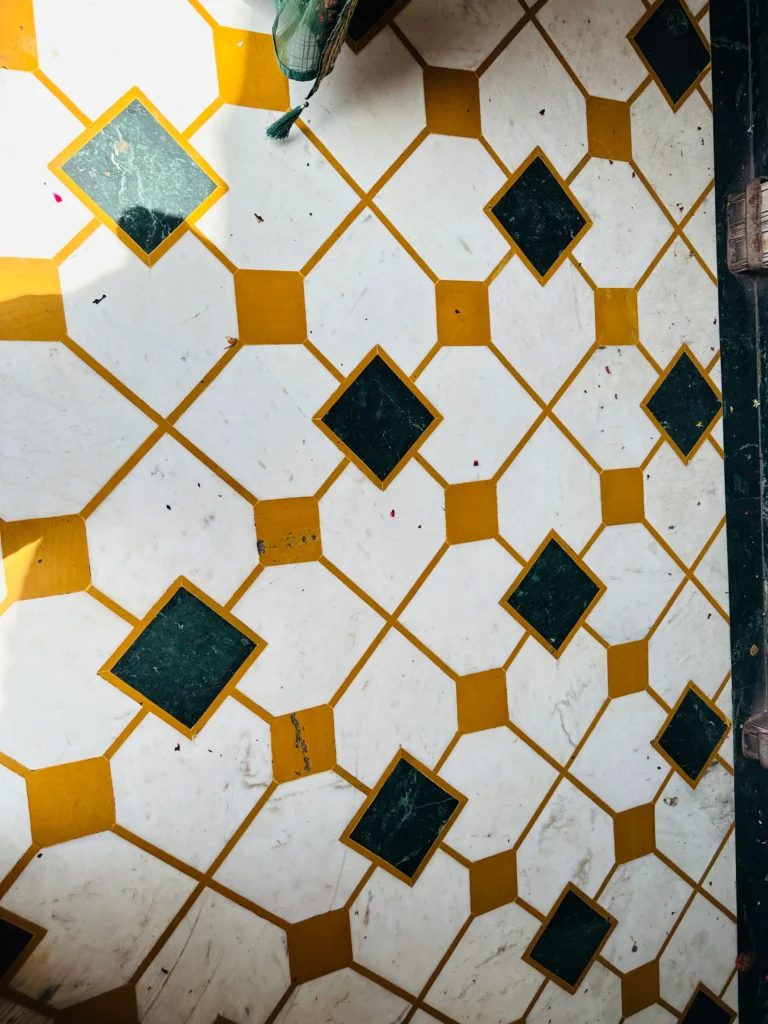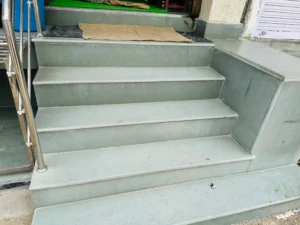Introduction
Kota stone, a naturally available limestone with a rich, aesthetic appeal, has become a preferred flooring option globally. It is admired for its hardness, durability, and capacity to be polished to a high sheen. However, like all natural stones, it can be susceptible to staining. Here’s an in-depth guide on how to remove stains from Kota stone, ensuring it retains its natural beauty for years to come.
Understanding Stains on Kota Stone
Stains on Kota stone could be a result of various substances, such as oil, food, beverages, rust, or even organic materials like leaves or bird droppings. Each type of stain has its characteristics and might require a different treatment method.
How to remove stains from Kota stone
Step 1: Identify the Stain
Before jumping into the stain removal process, it’s crucial to identify the nature of the stain. The substance that caused the stain determines the cleaning approach and the products to use.
Step 2: General Cleaning
First, clean the stained area with a pH-neutral stone cleaner to remove surface dirt and debris. Avoid using acidic or alkaline cleaning solutions as they can damage the stone’s surface.
Step 3: Stain-Specific Removal
After general cleaning, address the specific stain.
Oil-based stains (grease, tar, cooking oil, etc.): These stains darken the stone and should be cleaned with a poultice. Apply the poultice onto the stain, leave it until dry, and then remove it with a soft, damp cloth. The poultice will draw out the stain from the stone.
Organic stains (leaves, bird droppings, coffee, tea, etc.): These can leave a pinkish-brown stain and may disappear after the source is removed. However, for stubborn stains, use a 12% hydrogen peroxide solution and then rinse thoroughly.
Inorganic stains (ink, dyes, etc.): These can be cleaned using a poultice or specialized stain remover designed for stone. Apply as per the manufacturer’s instructions and rinse thoroughly.
Metal stains (rust, copper, etc.): These are hard to remove and usually need a poultice. It’s best to seek professional assistance for these types of stains.
Always test a small, inconspicuous area first when using any new cleaning product.
Step 4: Rinse and Dry
After applying the appropriate cleaning solution, rinse the area thoroughly with clean water and then pat it dry. Avoid using excessive water, and never leave the stone to air dry, as this can cause water spots or additional staining.
Step 5: Seal the Stone
To protect the Kota stone from future stains, it’s advisable to seal it after cleaning. Use a quality stone sealant suitable for Kota stone, applying it as per the manufacturer’s instructions.
Preventive Measures
Prevention is the best way to keep your Kota stone stain-free. Always clean spills immediately to prevent them from seeping into the stone. Use coasters under glasses, bottles, and cans, and place mats or trays under appliances that could leak or spill. Regular cleaning and resealing can also significantly reduce the risk of staining.
Conclusion
While Kota stone is a robust and aesthetically pleasing material, it’s not immune to staining. But with the right approach, you can effectively remove stains and maintain the natural beauty of your Kota stone. Remember, the quicker you address spills, the easier the cleaning process will be, so act fast to keep your stone looking its best.
How to you remove cement stains from kota stone

Removing cement stains from Kota stone requires careful attention and the right cleaning techniques. Kota stone is a natural limestone that is popular for its durability and attractive appearance. Here’s a step-by-step guide on how to remove cement stains from Kota stone:
Act Quickly:
- The sooner you address the cement stains, the easier it will be to remove them. Try to clean the stains as soon as you notice them.
Gather Supplies:
- You’ll need some basic supplies for this task, including a bucket, mild detergent, a soft-bristle brush, a plastic scraper, white vinegar, water, and a clean cloth.
Remove Loose Dirt:
- Sweep or vacuum the Kota stone surface to remove any loose dirt or debris. This will make it easier to focus on the cement stains.
Dilute Detergent:
- Mix a mild detergent with water in a bucket. Use a solution that is gentle on the stone surface.
Apply Detergent Solution:
- Dip the soft-bristle brush into the detergent solution and gently scrub the cement stains. Be careful not to scrub too hard, as aggressive scrubbing may damage the stone surface.
Scrape Off Excess Cement:
- If there are thick layers of dried cement, use a plastic scraper to carefully scrape off as much as possible without scratching the stone. Be gentle to avoid causing any damage.
Vinegar Solution:
- If the detergent solution is not effective, you can try using a mixture of white vinegar and water. Mix equal parts vinegar and water in a bucket.
Apply Vinegar Solution:
- Wet a clean cloth or sponge with the vinegar solution and gently dab at the cement stains. Allow the vinegar to sit on the stains for a few minutes to help loosen the cement.
Scrub Again:
- After letting the vinegar solution sit, use the soft-bristle brush to scrub the stains again. The acid in the vinegar can help dissolve the cement.
Rinse Thoroughly:
- Rinse the Kota stone thoroughly with clean water to remove any remaining detergent or vinegar solution.
Dry the Surface:
- Once the stains are removed, dry the Kota stone surface completely to prevent any water spots.
Seal the Stone (Optional):
- Consider applying a stone sealer to the Kota stone surface after cleaning to help protect it from future stains. Follow the manufacturer’s instructions for the specific sealer you choose.
Always test any cleaning solution in an inconspicuous area before applying it to the entire surface to ensure that it doesn’t cause any damage or discoloration. If the cement stains persist or if you are unsure about the cleaning process, it’s advisable to consult with a professional stone cleaning service.

